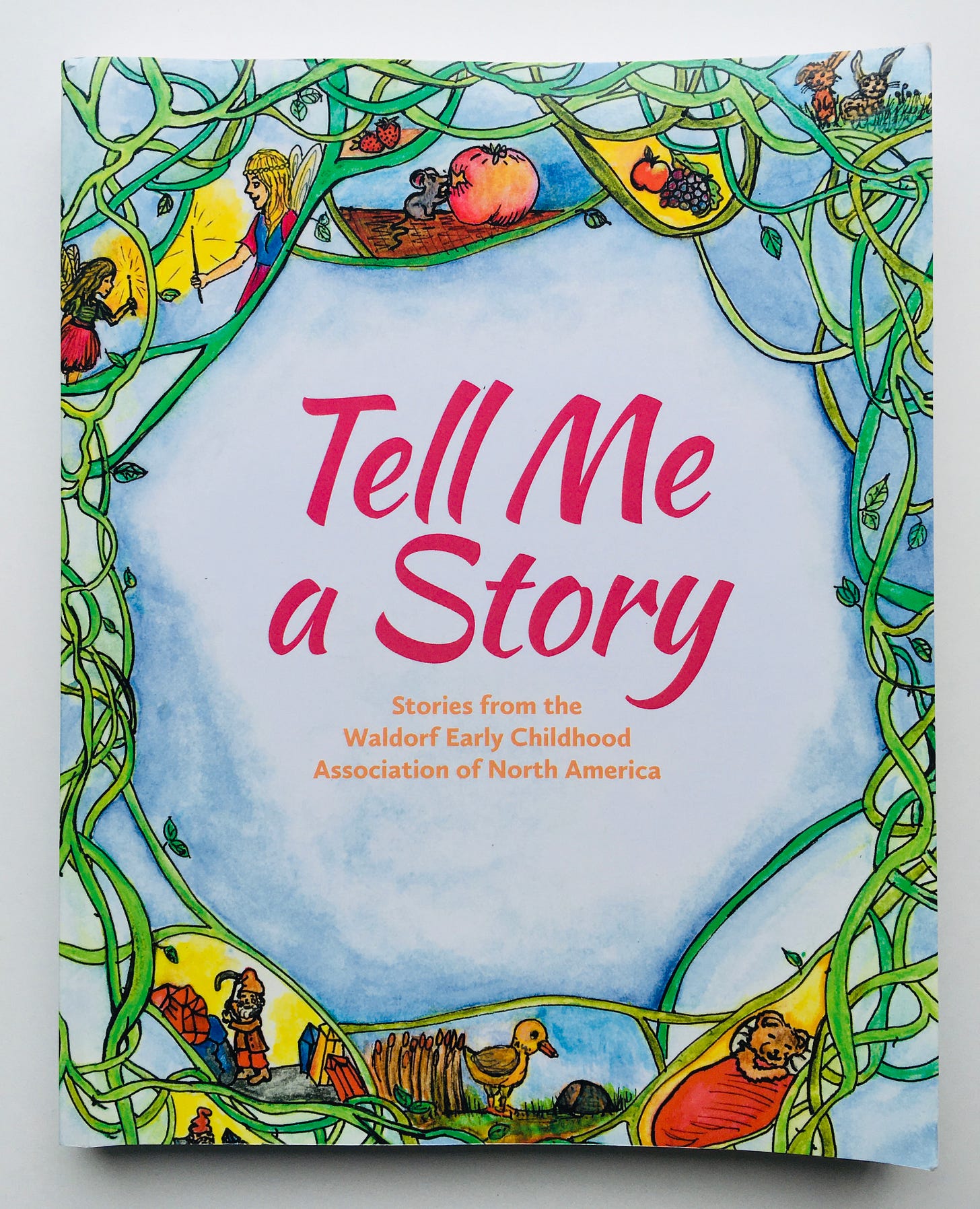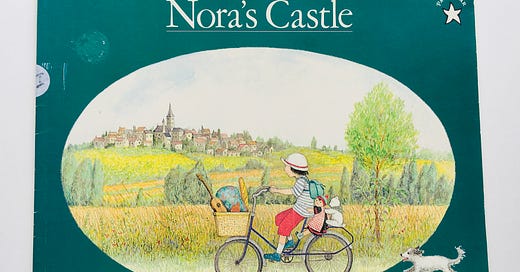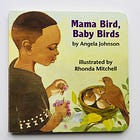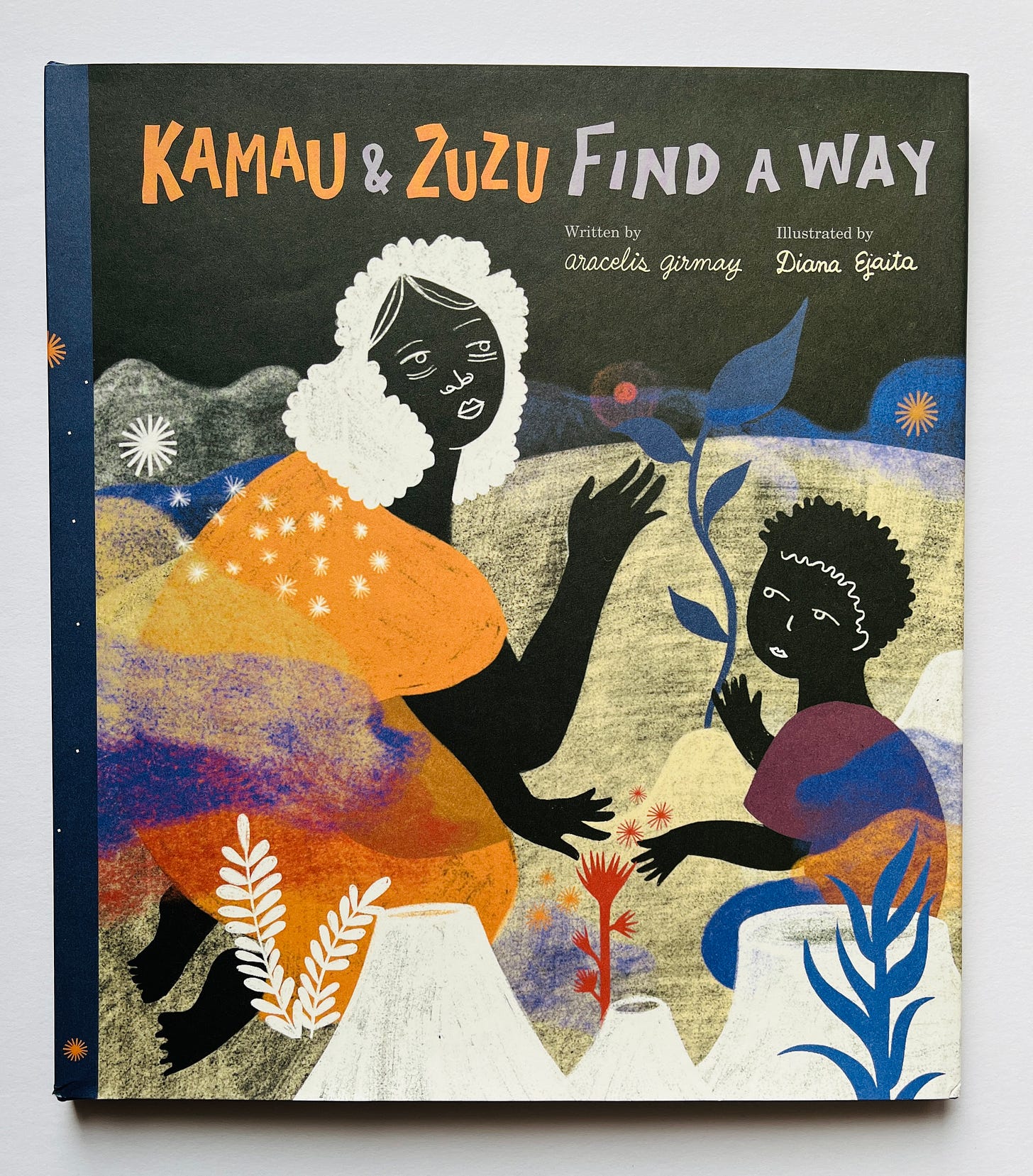ICYMI: Last week I released my 2025 special edition on spring:
I’ve got nothing else for you this week — just books!
Nora’s Castle by Satomi Ichikawa (1986)

This gentle, imaginative fantasy follows one little girl as she adventures to the far-off castle she can see from her home (which may or may not be haunted) with her faithful companions: a doll, a stuffed bear, and a dog.
Ichikawa’s detailed, atmospheric illustrations draw the reader into the plucky and peculiar mood of the story as the little girl explores the rooms and ruined parts of the castle. There’s a distinctive darkness lurking just on the edges here — a feeling that something bad or scary could happen at any moment — but it never comes to fruition. Instead, this curious, brave girl decides to host a dinner party “with everyone who lives here” and accepts the invitation of White Owl to spend the night in the tower where he roosts. Joined by the friends she has met that day — not a human among them — that’s exactly what she does.
I love the themes of inquisitiveness and daring in this odd and magical book, as well as the enchanting idea that we can make our own magic out of nothing, wherever we go, if we only decide to do so.
Steam Train, Dream Train by Sherry Duskey Rinker, illustrated by Tom Lichtenheld (2013)
There are few things in my life — if any — that will ever top the feeling of a small child on my lap at bedtime, listening intently as I read aloud from a book whose rhymes are so pleasant, it’s a joy to read again and again. I have yet to come across a book by the powerhouse duo Duskey Rinker and Lichtenheld that doesn’t meet this criteria for me, and this one is no exception.
Here, even the smallest readers will be able to follow along with the lyrical text describing a dreamy train as it picks up its wild cargo of animals, who then proceed to load boxcars and hoppers and tankers and more with all sorts of items, from paint to ice cream sundaes to dinosaurs, all depicted by Lichtenheld’s entertaining nighttime pastel illustrations.
Does this magical journey sound like something toddlers love? Yes, it does. And I promise you, they do.
Kamau & Zuzu Find a Way by Aracelis Girmay, illustrated by Diana Ejaita (2024)
Nobody knows how it happened, but one day, Mama Zuzu and her grandchild wake up on the moon. So begins this modern folktale that explores — in an accessible way — themes of displacement, resilience, and intergenerational love.
Confused and without any kind of support, Mama Zuzu is determined to make a way out of no way. She and Kamau dig into the moon crust and plant things — corn and clothespins, a photograph and a piece of cloth — and from these mostly unlikely objects, they grow what they need from this foreign soil.
Meanwhile, back on earth, their family is desperately looking for them. It takes the family awhile to figure out how to communicate, but eventually they do, and while this doesn’t placate their longing for one another — or lessen the pain that Mama Zuzu and Kamau feel, so far away with no way home — it does buoy their souls.
Ejaita’s unique illustrations, with their dramatically contrasting areas of black and color and soft patterns and textures, are dreamlike and heighten this feeling of being elsewhere. As an allegory for the African diaspora, it is emotionally complex, but that won’t prevent 5-8-year-olds from enjoying it — it’s a beautiful book with a meaningful narrative, and even if the deeper significance escapes young readers, they won’t miss the message that we can make a home with heart wherever we are.
Tell Me a Story: Stories from the Waldorf Early Childhood Association of North America, editor Louise DeForest (2013)

Tell Me a Story is a collection compiled by the members of the Waldorf Early Childhood Association of America, created or selected “by dedicated teachers wanting to give something authentic to the children in their care.” There is something authentic about each of these stories — whether about nature, festivals, working and helping, journeys, or healing, they offer the best of Rudolph Steiner’s philosophy, with a focus on simplicity, beauty, and wonder. The strongest stories are the ones that hold true to the rhythms of the Waldorf year, the festival and seasonal ones.
These are definitely read-aloud stories, easily learned and adapted for your own re-telling, equally superb for bedtime or circle time (if the latter is a thing you do). Sometimes there are a few lines to sing or recite, often on repeat. They would also lend themselves extremely well to puppets or other props (thus far I’ve only ever used my own limbs to act things out as best I can from a seated position, though there’s still time for me to get weirder, even now). These appeal mostly to late toddlers, preschoolers, and early elementary kiddos, though your late elementary listeners might still appreciate them (they’re awfully comforting). At only 1-3 pages each, they’re perfect for short reading if you’re still building attention skills.
Thanks for reading today,
Sarah







One thing about Rinker & Lichtenfeld's first big book, Goodnight Goodnight Construction Site, is that it is also an interesting example of thoughtless gender roles and how they perpetuate in society. It's actually shocking that an editor didn't have them fix it; it came out in 2011, not 1981 or 1951. (Though I agree the rhymes great!) I'm guessing they got tons of flak for it because Steam Train Dream Train fixes all the issues.
For those who haven't read it: it is about a bunch of anthropomorphic construction vehicles at a construction site. Every single one is male. Why does a dump truck even need a gender?! Does the truck have a penis somewhere? And if it does need a gender, why can't female dump trucks also work at a construction site? Or are there no female dump trucks in this world? How does that even work? Where do baby dump trucks come from if there aren't any female dump trucks? Argh! All they needed to do was throw in at least a few female construction vehicles. Not even asking for 50/50 representation. Just something so those of us with daughters don't have them asking, "Why aren't there any girl cranes in the book?"
Sarah, thank you so much for your very kind words about my book. I’m truly honored.